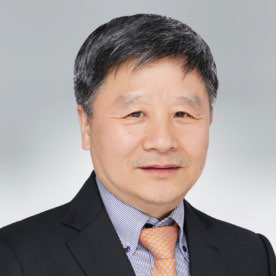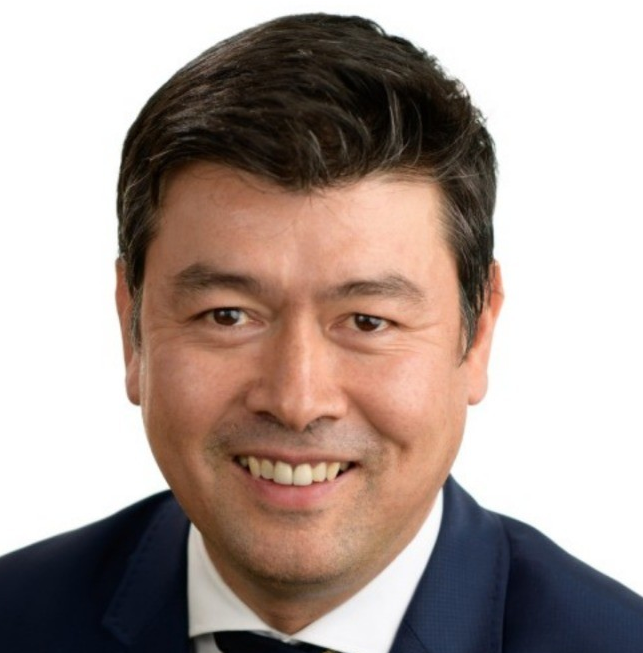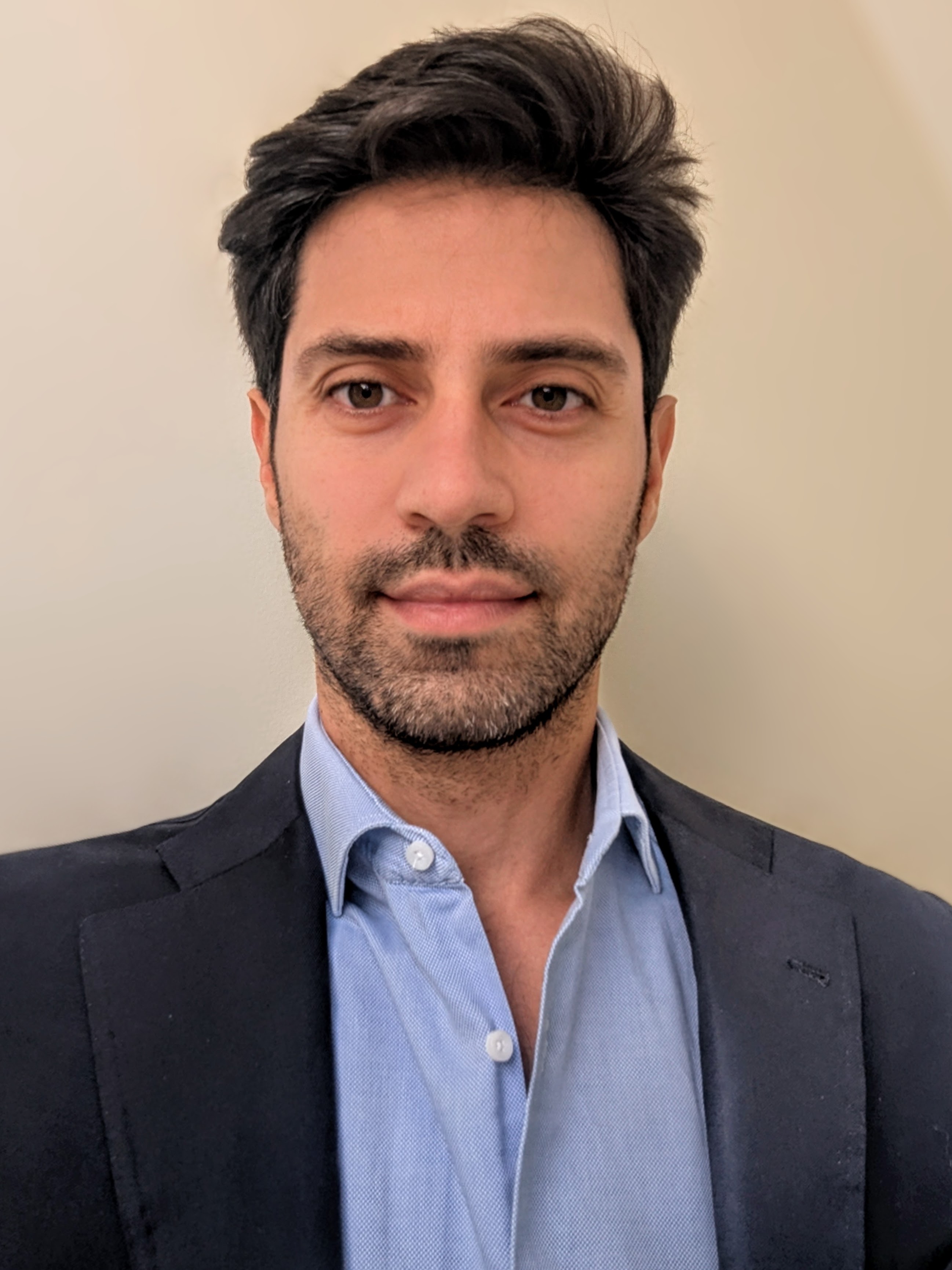
Dr. Troy Coyle
HERA, New ZealandBio: Troy
is the CEO of HERA, an impact-led independent research association based in
Aotearoa New Zealand. She is also the Co-Chair of Hanga-Aro-Rau (the Workforce
Development Council for Manufacturing, Engineering and Logistics) and a
Director of the Sustainable Steel Council, Steel Construction New Zealand and
HERA Certifications. She is an Impact Assessor for the Endeavour program and
holds advisory board roles for the Ministry of Innovation, Business and
Employment (Building System Performance), Auckland University of Technology and
the University of Auckland. She is the Impact Leader and creator of HERA’s
$10.3 million funded Construction 4.0 project and is passionate about
impact-led research, with a particular focus on sustainability, indigenous
knowledge, diversity and inclusion, and industry transformation.
Abstract: Engineering
research intersects with societal and industrial demands, making it
foundationally impact-led. This presentation will explore how to identify
impact-led research opportunities, build research capability and sectoral
impact. HERA, a small independent research association in Aotearoa New Zealand,
will be used as the case study to show that even small teams can have
meaningful research impact.

Prof. Guoqiang Li
Tongji UniversityBio: Guo-Qiang
Li is a distinguished professor of structural engineering in Tongji University,
the director of Research Center of Education Ministry of China for Steel
Construction and the director of National Research Center of China for
Pre-fabrication Construction. He is also
a vice-chairman of Chinese Society of Steel Construction and a vice-chairman of
Chinese Association of Construction Standardization. In addition, he is a foreign member of the
Royal Flemish Academy of Belgium for Science and the Arts, a fellow of
Institution of Structural Engineers in UK and a fellow of the Council of Tall
Buildings and Urban Habitat.
Abstract: The unexpected collapse of burning buildings has
been a major killer of firefighters, since current techniques are very hard to
accurately evaluate the collapse risk of a real building in fire. Developing a
practical approach for early-warning fire-induced collapse of steel buildings
in real-time is an urgent need, as these buildings account for a large part of
collapse accidents due to severe degradation of steel mechanical properties at elevated
temperatures in fire. The uncertainties of a burning building, such as load
levels and heating conditions which differ from designed values, and the
real-time acquisition of its structural responses to fire are two challenging
issues need to be addressed. Through parametric analysis of collapse mechanisms
considering uncertainties in real fire, the limited potential collapse modes of
steel portal frames and steel trusses porpularly used for steel buildings are identified.
Displacement responses of the burning building at key positions of the building
structure, identified as Key Physical Parameters (KPPs), are selected for early
warning fire-induced building collapse, as these displacements exhibit unique
variation patterns for each collapse mode. Three-level early-warning strategy is
proposed based on evolution laws of KPPs during the process of the building
collapse. As some KPPs are hard to be measured directly in fire scene,
especially for those located on the roof or inside the building, real-time
acquisition method of the hard-to-measure KPPs through easy-to-measure data are
investigated. Considering the close correlation between rotations and
displacements at structural nodes at definite temperatures, pre-embedded
thermocouples and inclinometers, which are easily employed in practice, are
proposed to facilitate the real-time acquisition of hard-to-measure KPPs. Real
fire tests have been conducted to verify the effectiveness of the approach for
early-warning fire-induced collapse of steel portal frame and steel truss
buildings.

Prof. Brian Uy
The University of New South Wales, SydneyBio: Brian
Uy is Scientia (Distinguished) Professor of Structural Engineering in the
School of Civil and Environmental Engineering at the University of New South
Wales. Brian has delivered over 100 plenary/keynote/invited lectures and has
been involved in research in steel and composite structures for over 35 years.
He has co-authored over 700 publications including over 300 refereed journal
articles. Brian is Chairman of the Standards Australia Committee BD-032 on
Composite Building Structures and BD-090-06 on Steel and Composite Bridge
Structures and Chief Editor (Asia-Pacific) of Steel and Composite Structures.
He is currently President-Elect and Vice President of the Institution of
Structural Engineers (IStructE) and will become the 105th President of IStructE
in 2026. Brian is also the Australian Chairman and Vice President of the
International Association of Bridge and Structural Engineering (IABSE). Brian
is an elected Fellow of the Australian Academy of Technological Sciences and
Engineering, Engineers Australia, Royal Society of NSW, Institution of
Structural Engineers, Institution of Civil Engineers, American Society of Civil
Engineers, Structural Engineering Institute and the International Association
of Bridge and Structural Engineers.
Abstract: This
keynote paper reflects on the key foci in the area of the mechanics of
structures and materials in the past, present and future. The paper
commemorates the First Australasian Conference on the Mechanics of Structures
and Materials (ACMSM) at The University of New South Wales from August 21-23,
1967. The paper then reflects on the key issues in the area of the
mechanics of structures and materials at present and posits what will be some
of the key issues for the future. Using the area of steel-concrete composite
construction, the issues of the mechanics of structures and materials will be
further highlighted in relation to real applications in the past, present and
future.

A/Prof. Christian Málaga-Chuquitaype
Imperial College LondonBio: Christian
Málaga-Chuquitaype is an Associate Professor in Dynamics and Seismic
Engineering in the Department of Civil and Environmental Engineering at
Imperial College London. He leads the department’s efforts in earthquake
engineering, and is actively involved in teaching, specialist advisory work,
and guiding a diverse research group focused on emerging structural
technologies. His research interests span structural testing, computational
modelling, AI, and the assessment of structures under extreme conditions—from
earthquake-prone regions to extra-terrestrial environments. Christian serves as
an Associate Editor for two international journals, sits on several other
editorial boards, and contributes to multiple code committees involved in
international standards development and the advancement of engineering
practice. His work has been recognised with several awards, including the Best
Research Paper Prize from the Institution of Structural Engineers (IStructE),
the Tso Kung Hsieh Award from the Institution of Civil Engineers (ICE), and the
Unwin Prize from Imperial College London.
Abstract: This lecture explores how controlled rocking,
rolling isolation, and rotational inertial devices are reshaping dynamic
control strategies for building structures, with special focus on their
application to modern timber systems. It examines how stepping away from
traditional fixed-base assumptions, embracing motion, and harnessing inertial
forces to our advantage can enable efficient, low-damage solutions for seismic
protection. The talk will delve into the fundamental mechanics and emerging
engineering concepts behind rocking and rolling systems, highlight the role of
inerters as force amplifiers and "size shifters," and demonstrate how
their integration enhances seismic performance. Special emphasis will be laced
on how these strategies are unlocking the seismic potential of engineered
timber structures. Drawing on recent advances in numerical modelling and
experimental earthquake engineering, this lecture invites you to view seismic
control not as a battle against motion, but as a carefully choreographed rock
‘n’ roll performance allowing timber to play a starring role in the next
generation of resilient, sustainable structures.

A/Prof. Costantino Menna
University of Naples Federico IIBio: Costantino Menna is an Associate Professor of Structural Engineering at the University of Naples Federico II (Department of Structures for Engineering and Architecture). His research focuses on advanced materials and structures, finite element modeling in civil and biomedical engineering, digital fabrication, and sustainability in construction. He has extensive experience in numerical simulation of complex structural systems, with applications ranging from civil infrastructure to biomechanics. He has carried out research at leading international institutions, including Penn State University (USA), École Polytechnique (France), and École Polytechnique de Montréal (Canada). He has authored more than 60 scientific publications and holds 10 patents on innovative structural materials and systems. Prof. Menna’s work explores the mechanics and modeling of 3D-printed concrete, particularly addressing structural performance, durability, and design integration. He led the design and realization of the first 3D-printed earthquake-resistant structure in Italy, developed in collaboration with Enel Green Power. He also coordinates several national and European research projects on non-linear behavior of biomaterials, life-cycle performance, and low-carbon construction technologies.
He serves as
Chair of the fib Task Group 2.11 on Structures made by Digital Fabrication,
Leader of the fib Special Activity Group on Sustainability (TG.SAG.1), and
Member of RILEM Technical Committees on 3D printing in concrete construction,
as well as of the EAEE (European Association for Earthquake Engineering (EAEE) Working
Group 15. He co-authored the Italian Civil Protection (ReLUIS) national
guidelines on integrated seismic and energy retrofitting. In 2021, he was
appointed External Expert for the European Parliament’s pilot project on
seismic and energy upgrading (Joint Research Centre, European Commission), and
was included in the Stanford–Elsevier global ranking of the world’s top
scientists in both 2023 and 2025.
Abstract: 3D concrete printing (3DCP) is rapidly transitioning from experimental technology to a viable construction method, yet its structural reliability still depends on a deeper understanding of the multiscale mechanics governing printed materials. Unlike conventional cast concrete, 3D-printed components exhibit direction-dependent behaviour, interlayer interfaces, and process-driven heterogeneities that directly influence their stiffness, strength, fracture patterns, and long-term performance. This keynote presents an integrated experimental–numerical framework aimed at characterizing and predicting the behaviour of structural 3D-printed concrete across multiple scales. At the material and meso-scale, the talk will examine the role of interlayer bonding, printing path, and interface geometry on mechanical anisotropy, crack initiation, and failure mechanisms. Experimental results from coupon, wall, and panel tests will be combined with finite element simulations, including interface-based simulations capable of capturing the layered nature of printed elements. At the structural scale, the keynote will focus on the validation of unreinforced 3D-printed panels, combining analytical modelling, nonlinear FEM simulations, and full-scale testing. These panels were later used to design and construct the first 3D-printed earthquake-resistant structure in Italy. Insights from this project illustrate how material characterization, interface modelling, and structural design can converge toward reliable digital construction workflows.